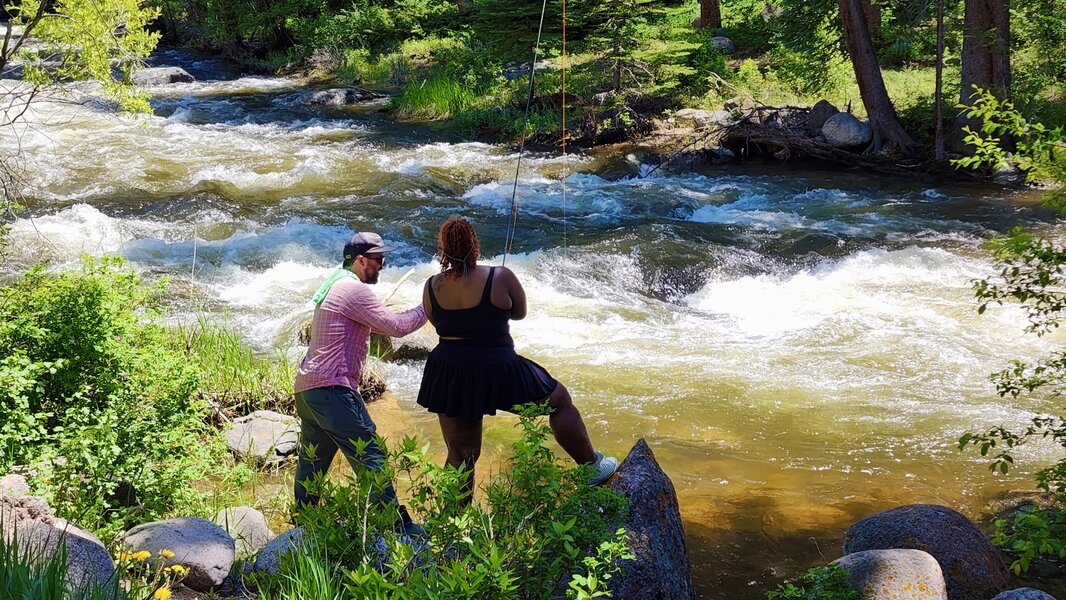In recent years, the conversation around outdoor recreation has shifted towards inclusivity and accessibility. Many communities are recognizing that outdoor spaces should be available to everyone, regardless of physical ability, age, or socioeconomic status.
Historically, parks, trails, and other outdoor venues have often been inaccessible to people with disabilities or those facing economic hardships. This has led to a growing movement to remove barriers and create more equitable outdoor environments.
One of the key initiatives involves designing parks and recreational areas with universal accessibility in mind. This includes installing ramps, tactile paving, and accessible restrooms, as well as ensuring that pathways are wide and smooth enough for wheelchairs and strollers.
Moreover, local governments and organizations are working to provide free or low-cost outdoor activities, making it easier for underserved communities to connect with nature. These efforts not only promote physical health but also mental well-being and social inclusion.
Advocates argue that outdoor spaces are a fundamental part of community life and should not be a privilege reserved for the few. Instead, they should be recognized as a right for all citizens to enjoy and benefit from.
Challenges remain, including funding constraints and urban development pressures that threaten green spaces. Nonetheless, the push for inclusive outdoor access continues to grow, emphasizing the need for policies that prioritize equitable access and environmental justice.
In conclusion, the movement to make outdoor spaces accessible to everyone is gaining momentum. By removing barriers and promoting inclusivity, society can ensure that the outdoors truly belong to us all, fostering healthier, more connected communities.
